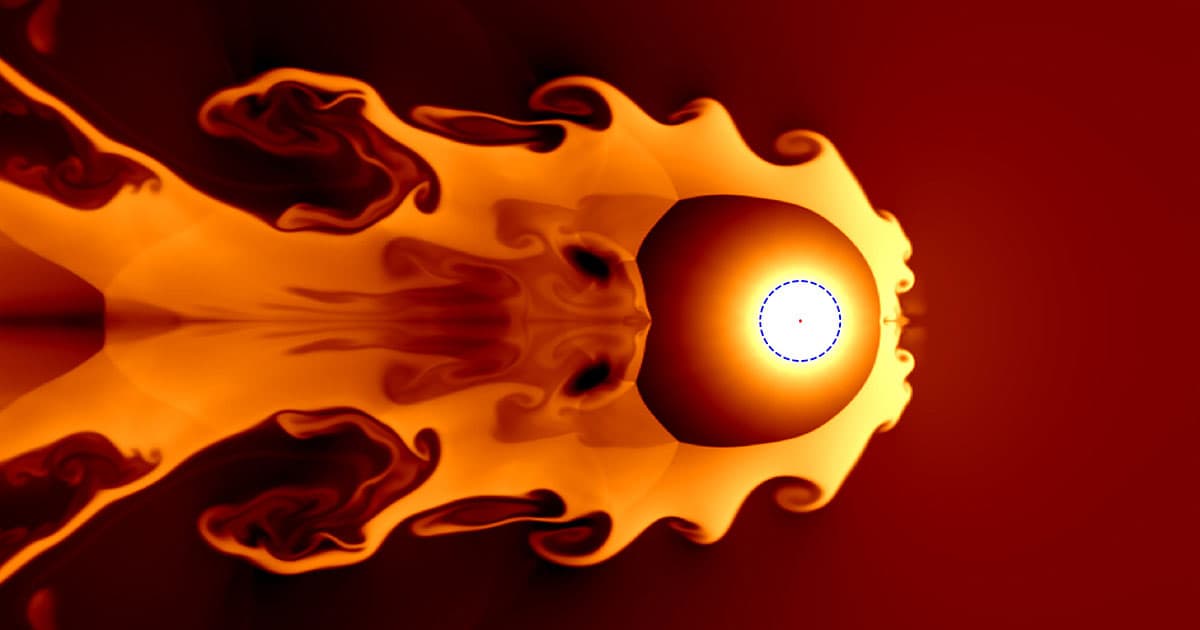According to researchers at the University of Illinois, a supernova 65 light-years from Earth likely caused a mass extinction event during the Late Devonian period, 359 million years ago.
The researchers found radioactive isotopes in rocks that may be able to confirm such an event, as detailed in a new paper published in the journal Proceedings of the National Academy of Sciences.
During the Late Devonian period, when most life was found in the oceans, one of the worst mass extinctions in Earth's history gravely damaged its ecosystem. Yet it's never been clear what caused it.
To explain the event, the team looked at rocks that contain ancient plant spores. These spores appeared to have been severely sunburnt by ultraviolet light, likely the consequence of a long-term lack of ozone in the atmosphere.
"Earth-based catastrophes such as large-scale volcanism and global warming can destroy the ozone layer, too, but evidence for those is inconclusive for the time interval in question," astronomy and physics professor Brian Fields, lead author, said in a statement. "Instead, we propose that one or more supernova explosions, about 65 light-years away from Earth, could have been responsible for the protracted loss of ozone."
It would have been quite the event, lighting up the skies.
"To put this into perspective, one of the closest supernova threats today is from the star Betelgeuse, which is over 600 light-years away and well outside of the kill distance of 25 light-years," graduate student and study co-author Adrienne Ertel added.
The team also looked at other ozone depletion causes, including meteorite impacts, and gamma-ray bursts, but those wouldn't have caused a depletion in the longer term.
They suggest that the violent supernova flooded our planet with dangerous UV, X-, and gamma rays, irradiating the ozone layer with effects that would have lasted for up to 100,000 years, according to the researchers.
To confirm their suspicions, the team is now looking for the "smoking gun" — two specific radioactive isotopes of plutonium, originating from the Late Devonian period, that only could have come to Earth from cosmic explosions.
"The overarching message of our study is that life on Earth does not exist in isolation," Fields explains. "We are citizens of a larger cosmos, and the cosmos intervenes in our lives — often imperceptibly, but sometimes ferociously."
READ MORE: An Exploding Star 65 Light-Years From Earth May Have Triggered a Mass Extinction [Science Alert]
More on supernovas: Scientists Discover That Bones Are Made Out of Stars
Share This Article
